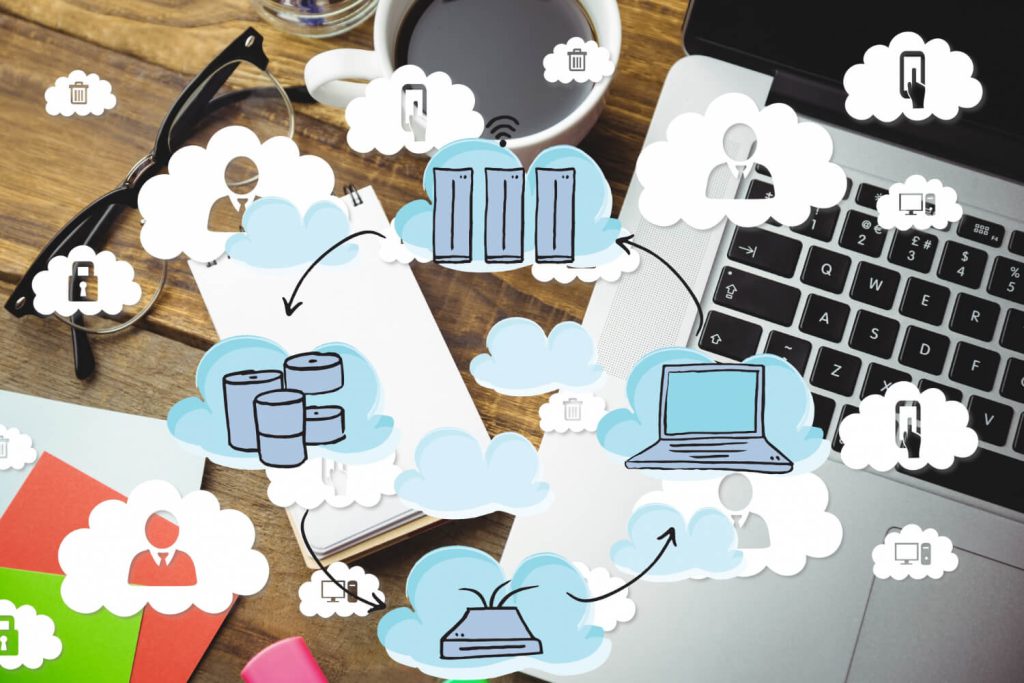with us.


Quoting Understanding SAP R3 and S4 HANA Management Systems
SAP R3 and S4 HANA are two enterprise management systems developed by SAP, a global leader in business solutions. SAP R3 was, for a long time, the standard in the business world, providing comprehensive functionalities for resource planning, financial management, supply chain management, and much more.
On the other hand, S4 HANA is the latest generation of SAP systems, based on the in-memory HANA database technology, which provides improved performance and real-time analytics capabilities.
These two systems offer comprehensive and scalable solutions for businesses of all sizes and sectors, facilitating process optimization and strategic decision-making.
SAP: What is SAP and what is its importance?
SAP stands for “Systems, Applications, and Products,” referring to a suite of enterprise software solutions developed by the German company SAP SE.
SAP is currently one of the leading providers in the market for enterprise management software. It offers a wide range of applications and modules covering various functional areas such as finance, sales, human resources, logistics, production, and more.
The importance of SAP lies in its ability to integrate and efficiently manage business processes and data within an organization. It provides a centralized platform that allows companies to:
Automate and optimize their operations.
Improve decision-making.
Increase efficiency and productivity.
Provide a complete and accurate view of business information.
In essence, SAP is applied in companies of all sizes and sectors, from small and medium-sized enterprises to large multinational corporations. Its modular approach enables organizations to adapt and customize solutions according to their specific needs, contributing to its versatility and scalability.
The transition from SAP R3 to S4 HANA
represents a significant evolution in the software platform known as SAP. On one hand, SAP R3 is based on a traditional architecture of relational databases, while S4 HANA utilizes in-memory database technology that offers greater speed and processing capacity.
Improvements introduced by S4 HANA
The migration from SAP R3 to S4 HANA involves the upgrade and transformation of existing systems and processes. This entails simplifying business processes, as well as adapting data and technological infrastructure. The main advantage of S4 HANA over its predecessor is its ability to process large volumes of data in real-time, enabling faster and more precise decision-making.
In addition to improvements in performance and processing capacity, S4 HANA offers new functionalities and features that allow companies to leverage the latest technological trends, such as advanced data analysis, artificial intelligence, machine learning. This provides organizations with greater capability to drive efficiency, innovation, and digital transformation.
What is SAP R3 and what was its importance?
SAP R3 was a version of the SAP ERP (Enterprise Resource Planning) system that was launched in the 1990s and had significant importance in the business realm. Consequently, it became one of the most widely used enterprise management systems worldwide.
During its peak, SAP R3 enabled organizations to efficiently integrate and manage key business processes such as:
Financial management.
Human resources management.
Supply chain management.
Sales and distribution management.
It provided a centralized platform for storing and accessing enterprise data. This facilitated decision-making and improved operational efficiency.
Its importance lies in its ability to assist companies in enhancing the planning, execution, and control of their business processes. It helped reduce costs and increase competitiveness and productivity.
Advantages of S4 HANA over SAP R3:
Greater speed and performance: S4 HANA employs an in-memory database that allows faster data processing. This translates to quicker response times and improved performance.
Enhanced analytics capabilities: It features advanced real-time analytics capabilities. It can perform complex analyses of large volumes of data more quickly and efficiently.
Simplified architecture: The system architecture is simplified by eliminating redundancies and streamlining processes. This allows for greater agility and flexibility in managing business processes.
Integration of functions and data: Functions and business data are more effectively integrated. This facilitates decision-making based on up-to-date and coherent information throughout the organization.
Intuitive user interface: A modern and user-friendly interface is presented, enhancing the user experience.
These are just some of the advantages of S4 HANA over SAP R3. Overall, S4 HANA offers greater performance, advanced analytics capabilities, simplified architecture, and an improved user interface, making it a preferred choice for many organizations seeking to enhance their efficiency and competitiveness.
Migration Methodologies:
Within the enterprise management system known as S4 HANA, two distinct modalities stand out for data migration:
Brownfield:
In a Brownfield migration, also known as “in-place conversions,” an existing SAP ERP system is upgraded to SAP S4 HANA. In this approach, a direct conversion of the existing system is performed, retaining the data, configurations, and existing business processes. Data and functionality are migrated to the new platform without significant changes to the system.
Advantages of the Brownfield approach:
Allows for a quicker and less disruptive migration, preserving existing business processes and data.
Requires fewer resources and effort compared to a completely new implementation.
Ensures a smoother transition for users and minimizes disruption in business operations.
However, it should be noted that some limitations of the existing system may be maintained, and not all functionalities and capabilities of S4 HANA are fully utilized.
Greenfield:
In the case of a Greenfield migration, also known as a “new implementation,” a new S4 HANA system is created from scratch. In this approach, a completely new project is initiated, migrating only the necessary data and redesigning business processes according to S4 HANA’s best practices. This involves a reevaluation and optimization of existing business processes.
Advantages of the Greenfield approach:
Allows for the fullest utilization of S4 HANA’s new capabilities and functionalities.
Provides the opportunity to optimize business processes and adopt best practices recommended by SAP.
Delivers a more modern and scalable platform for future growth.
One potential drawback of the Greenfield methodology is that it requires more time and resources, resulting in a longer disruption of business operations due to the redesign and redefinition of processes to be implemented.
In conclusion, the Brownfield approach focuses on upgrading and directly migrating the existing system to S4 HANA, while the Greenfield approach involves a completely new implementation that leverages all the capabilities and functionalities of the new system. The choice of approach depends on the specific requirements and objectives of each organization.
Future Advances and Trends in SAP and AI:
SAP technology is constantly evolving, and it is expected to continue driving significant advances in the future. One of the most prominent trends is the incorporation of artificial intelligence (AI) into these advanced systems.
Currently, AI is transforming how businesses use data and make decisions. In the context of SAP, it is used to automate repetitive tasks, analyze large volumes of data, and provide intelligent recommendations.
Another important trend is the use of cloud in SAP systems. Migration to the cloud enables businesses to leverage the flexibility, scalability, and security offered by this growing technology.
It is expected that these systems will continue to advance in data and system integration. Interoperability between different solutions and platforms becomes increasingly important in the business world.
Other areas of advancement include:
Advanced analytics.
Robotic process automation (RPA).
Augmented and virtual reality.
Internet of Things (IoT).
These emerging technologies are being incorporated into SAP systems to provide greater analytical capabilities, optimize operational efficiency, and offer more interactive and personalized experiences.
What are you waiting for to migrate from SAP R3 to S4 HANA with Lisit?
If you’re using SAP R3, now is the perfect time to consider migrating to S4 HANA and taking your company to the next level.
This migration allows you to simplify and optimize business operations, improve process efficiency, and make faster and more informed decisions. With an intuitive and user-friendly interface, S4 HANA provides an enhanced user experience and allows you to access updated information anytime, anywhere.
You can’t afford to miss the opportunity to transition to S4 HANA with the guidance and service of Lisit and take your business to the next level. Migration may seem like a challenge, but with the right support and expected benefits, it’s definitely worth it.
Don’t wait any longer and start planning your migration to S4 HANA with Lisit professionals today!
[starbox id='1']
Conoce más novedades

Software Development: Stages and SAP Methodology
Explore the Essential Phases of Software Development with SAP Methodology.…

Migration of data: What is it and why do organizations…
Cotizar Migración de datos: ¿Qué es y por qué las…

Juzgar a un libro por su portada: La importancia del…
Descubre por qué el diseño gráfico y la publicidad son…

Clima y Cultura Organizacional: ¿Qué son exactamente, cuáles son sus…
Explora las diferencias entre clima y cultura organizacional y cómo…






Leave a Reply